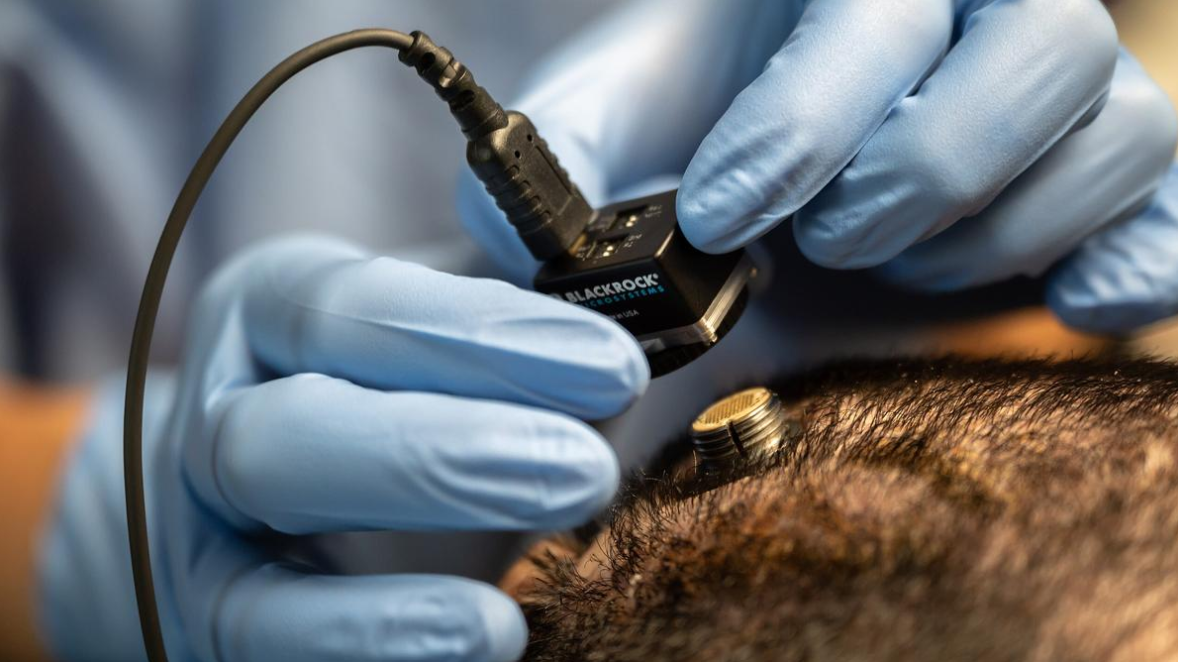Description
Copyright infringement not intended
Picture Courtesy: The Hindu
Context:
All modern-era digital devices, as well as future innovations, rely on the semiconductor sector. These discrete, yet very sophisticated elements drive almost all upcoming technologies, including AI, cloud computing, quantum computing, enhanced wireless networks, blockchain applications, bitcoin mining, 5G, IoT, self-driving vehicles, drones, robots, gaming, and wearables.
Status of Semiconductor:
- India's semiconductor consumption market, valued at $52 billion in 2024-25, is projected to reach $103.4 billion by 2030, growing at a 13% Compound Annual Growth Rate (CAGR).(Source: IBEF)
- The above growth is primarily driven by mobile handsets, IT, and industrial applications, which currently account for approximately 70% of the market revenue, with automotive and industrial electronics offering significant opportunities for future expansion. (Source: IBEF)
- India boasts a large number of skilled chip design engineers, representing 20% of the global workforce. (Source: MyGov Blogs)
- India's semiconductor market is expected to grow significantly, with projections reaching $100–110 billion by 2030. (Source: PIB)
What is semiconductor and its characteristics?
A semiconductor is a material that has electrical conductivity between that of a conductor (like copper) and an insulator (like glass). This unique property allows semiconductors to control the flow of electricity, making them essential in modern electronics.
- Conductivity: Can act as a conductor or insulator depending on conditions like temperature or impurities (doping).
- Common Materials: Silicon (most widely used), germanium, gallium arsenide.
- Used in: Microchips, transistors, solar cells, LEDs, and almost all electronic devices.
Opportunities for India in Semiconductors:
- Under the India Semiconductor Mission (ISM), India offers parasitic financial support for semiconductor fabs, display fabs, compound semiconductors, packaging & testing units (OSAT / ATMP). Current India semiconductor market value (2024‑25) is USD 52‑54 billion (Source: Meity)
- Rising consumption of electronics, telecom, electric vehicles, IoT etc. increases demand for semiconductors, the global semiconductor market will grow by 11–15% in 2025, with strong growth expected to continue toward the $1 trillion mark by 2030. (Source: India Briefing)
- Several fab units approved (e.g. HCL‑Foxconn joint venture in Jewar, Tata‑Powerchip fab in Dholera etc.). (Source: India Briefing)
- Large engineering talent pool; schemes like “Chips to Startup (C2S)” to train thousands of engineers in VLSI, embedded systems.
- States like Uttar Pradesh, Tamil Nadu, Gujarat, Andhra Pradesh offering additional incentives: subsidies, land, tax breaks etc.
- Global companies looking to diversify away from overreliance on China. India can position itself as an alternative location for chip manufacturing.
Why India needs to focus on domestic Semiconductor requirements?
- India currently imports nearly 100% of its semiconductor chips. In 2022–23 alone, India’s electronics imports (largely driven by chips) crossed USD 75 billion. (Source: The Hindu).
- Semiconductors power critical infrastructure: defense, space, telecom, AI, IoT, etc. Relying on other countries (e.g., Taiwan, China, South Korea) for such key components is a national security risk, especially during geopolitical tensions.
- India's semiconductor consumption is projected to reach USD 110 billion by 2030.
- The COVID-19 pandemic, Russia-Ukraine war, and Taiwan-China tensions showed how fragile global supply chains are.
Challenges in domestic production:
- Setting up a semiconductor fabrication (fab) unit requires USD 5–10 billion.
- India lacks a robust supply chain for semiconductors—no significant upstream suppliers for wafers, gases, or specialty chemicals.
- Shortage of trained professionals in chip fabrication, process engineering, and nanoelectronics.
- Semiconductor fabs require
- Advanced chip manufacturing requires cutting-edge technologies (3nm–7nm nodes), largely controlled by a few global players (like TSMC, Intel, Samsung).
- India is competing with established players like Taiwan, South Korea, the U.S., and China, all of whom offer: Larger incentives, Mature ecosystems, Existing global clients
Government Measures for Semiconductor Manufacturing in India
- India Semiconductor Mission (ISM) – ₹76,000 Crore Initiative – It Includes: Semiconductor Fabs Scheme, Display Fabs Scheme, Compound Semiconductor and ATMP/OSAT units, Design Linked Incentive (DLI) Scheme.
- Semiconductor Fabs Scheme: Supports up to 50% of project cost for setting up semiconductor fabrication units.
- Design-Linked Incentive (DLI) Scheme: Budget: ₹1,000 crore, Support to: Startups, MSMEs, and academia working on: IC design, IP cores, Embedded software.
- Production Linked Incentive (PLI) Scheme for IT Hardware and Electronics: Incentivizes local production of smartphones, laptops, and servers.
- Chips to Startup (C2S) Programme: Aims to train 85,000+ engineers in semiconductor design.
- National Quantum Mission & Deep-Tech Support: Complements semiconductor initiatives by promoting emerging tech like quantum computing, photonics, and AI chips.
Way Forward:
- Focus on building a complete value chain.
- Collaborate with IITs, NITs, and global universities to develop specialized, semiconductor fabrication, and nanotech courses.
- High-level task force to remove regulatory bottlenecks and facilitate coordination among states.
- Strengthen domestic capabilities in EDA tools, chip IP cores, and system-on-chip (SoC) development.
- Deepen technology collaborations with countries like Japan, the US, South Korea, and Taiwan.
Source: The Indian Express
|
Practice Question
Explain how global developments in the semiconductor industry have influenced India’s policy and industry landscape.
|
Frequently Asked Questions (FAQs)
A semiconductor is a material (like silicon) that has electrical conductivity between a conductor and an insulator. It is the foundational material used to make chips that power electronic devices, computers, phones, and more.
Launched in 2021 with an outlay of ₹76,000 crore, ISM is a comprehensive initiative to build a semiconductor design, fabrication, and packaging ecosystem in India.
- High capital cost
- Lack of cleanroom infrastructure
- Water and power requirements








